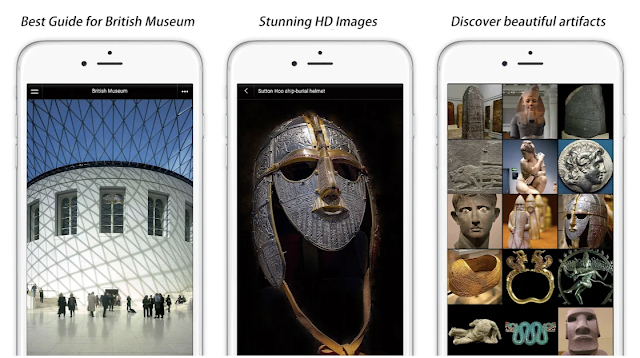The modern world is experiencing an evolution in terms of what design can do. The definitions and scope of work keeps on expanding. Consider space design or experiential design for instance. Designing these spaces considering the users’ personas and interests resonates with the UX design processes, a lot.
I work at a global UX Design Studio, where we create experiences for the users to help them grasp the essence of the product they are using through designed cues. Let’s take museums for instance. The digital design initiatives brought in today’s space/ museum design tells the story of how UX design/ digital design is moving beyond screens.
User-centred Design: From Screens to Experience Design
The digital age does not pose as a threat to the educational nature of museums rather, it is a much bigger opportunity for museums to be able to reach a wider audience in the form of a new media. Today, visitors can visit and experience the museums through their smartphones or laptops.
It is time museums evolved their models of engagement. The new technologies like AR, VR, data visualizations, touch screens, bots all these can provide amazing digital experiences. Museums can use technology to reach out to wider audiences. In today’s world creating a good digital presence becomes the priority. Instead of building a big website and letting it run it’s due course; continuous development, learning and then optimizing along the way, should be the policy any website should embrace. Here is my take on some of the ways in which advanced technology and UX can help keep the museum business more relevant with the rapidly changing times -
Evolve
Establish Connections
The internet has brought many opportunities to learn and gain knowledge. Museums in order to provide an enhanced experience, should make the most of these new channels. In this digital era of socializing, the networks are actually expanding opportunities to learn, solve problems. The core efforts of museums, should be to work out new ways of establishing connections, new ways of interacting with the audiences, new ways of sharing information, and collaborating.
The British Museum Guide App (Reference)
Adapt
Embrace New Technologies
If museums are to remain relevant and offer meaningful experience, they must adapt to the changing society. These efforts should not only utilize new digital tools for communication, but more importantly, recognize the needs and aspirations of users and the society as reflected in their behaviors, community culture. Museums should also consider physical and virtual visitors as both the profiles offer different opportunities to connect. An in-depth study of the audience and an understanding of a service design mindset is required in the new age. The question museum authorities should ask is, how we are going to educate, inform and engage the audiences in the most innovative manners.
Some of the examples of the effects of digital technologies and media on the educational role of museums.
Jean-Baptiste Boin demonstrates the Art++ project: A person walks into a museum, turns a smartphone or tablet toward a photograph, painting or sculpture, and the artwork is surrounded with a digital halo of supplemental information.
SALVADOR DALÍ. NATURE MORTE VIVANTE (STILL LIFE-FAST MOVING), 1969-70, OIL ON CANVAS. (Reference)
Innovate
The Dawn of Unconventional Museums
As the technological advancements occur, the behaviors of users are changing. In turn, changing the cultural face of society. Creating another set of opportunities for us to innovate. The ways in which the society learns - is changing. This calls for a need for unconventional museums. Inducing serious involvement with cultural and creative learning that can occur with museums.
A room filled with suspended, color-changing LED strips to an illuminated forest at Singapore Changi Airport
The installations at Singapore Changi Airport is just another example of immersive experiences. Embracing a mindset of openness and empathetic service design allows museums to take the experiences to the next level. This involves extending the boundaries of the museums as we know of it today. Similarly UX design services have come a long way from being misunderstood as mere design for screens to finally being understood for the full potential it can offer to businesses.
About author
Content Strategist at YUJ Designs - UX Design Company
We are a global UX Design Agency delivering valuable experiences for humans that impact businesses.
















%20in%20India.png)
